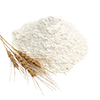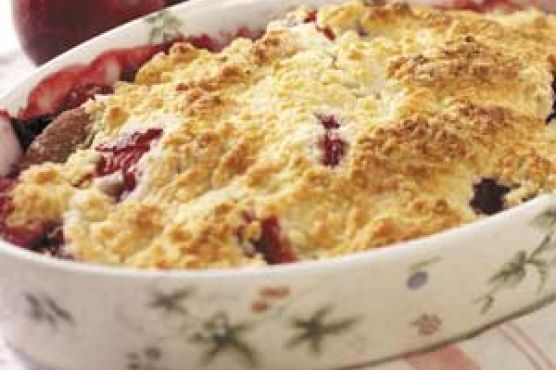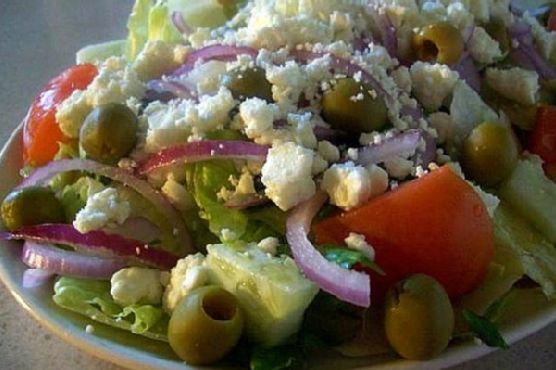Individual Microwave Apple Crisps
Individual Microwave Apple Crisps requires around 10 minutes from start to finish. This side dish has 298 calories, 8g of protein, and 20g of fat per serving. This recipe serves 2. For $1.04 per serving, this recipe covers 13% of your daily requirements of vitamins and minerals. A few people made this recipe, and 64 would say it hit the spot. If you have almond, flour, brown sugar, and a few other ingredients on hand, you can make it. It is brought to you by Betty Crocker. Taking all factors into account, this recipe earns a spoonacular score of 64%, which is solid. Individual Apple Crisps, Individual Apple Crisps, and Individual Apple Crisps are very similar to this recipe.
Servings: 2
Preparation duration: 5 minutes
Cooking duration: 5 minutes
Ingredients:
1/2 cup Nature Valley® cranberry almond protein granola
1 medium apple, peeled, cored and thinly sliced
1/4 teaspoon apple pie spice
1 tablespoon packed brown sugar
1 teaspoon butter, melted
1 teaspoon Gold Medal® all-purpose flour
Equipment:
bowl
microwave
ramekin
Cooking instruction summary:
1 In medium bowl, toss apple slices and butter. Add brown sugar, flour and 1/4 teaspoon apple pie spice. Toss to coat evenly. 2 Spray two 4- to 6-oz microwavable ramekins with cooking spray. Divide apples between ramekins. Microwave ramekins uncovered on High 1 minute 30 seconds to 2 minutes or until apples are softened. Top each with 1/4 cup of the granola. 3 Top with dollop of yogurt and additional apple pie spice. Serve immediately.
Step by step:
1. In medium bowl, toss apple slices and butter.
2. Add brown sugar, flour and 1/4 teaspoon apple pie spice. Toss to coat evenly.
3. Spray two 4- to 6-oz microwavable ramekins with cooking spray. Divide apples between ramekins. Microwave ramekins uncovered on High 1 minute 30 seconds to 2 minutes or until apples are softened. Top each with 1/4 cup of the granola.
4. Top with dollop of yogurt and additional apple pie spice.
5. Serve immediately.
Nutrition Information:
covered percent of daily need















